- As the world obsesses over the New Delhi-Islamabad showdown, the real ticking time bomb facing the Indian leader is best represented by the shrunken figure of widow Shantabai Teral

Tuesday, 5 Mar, 2019
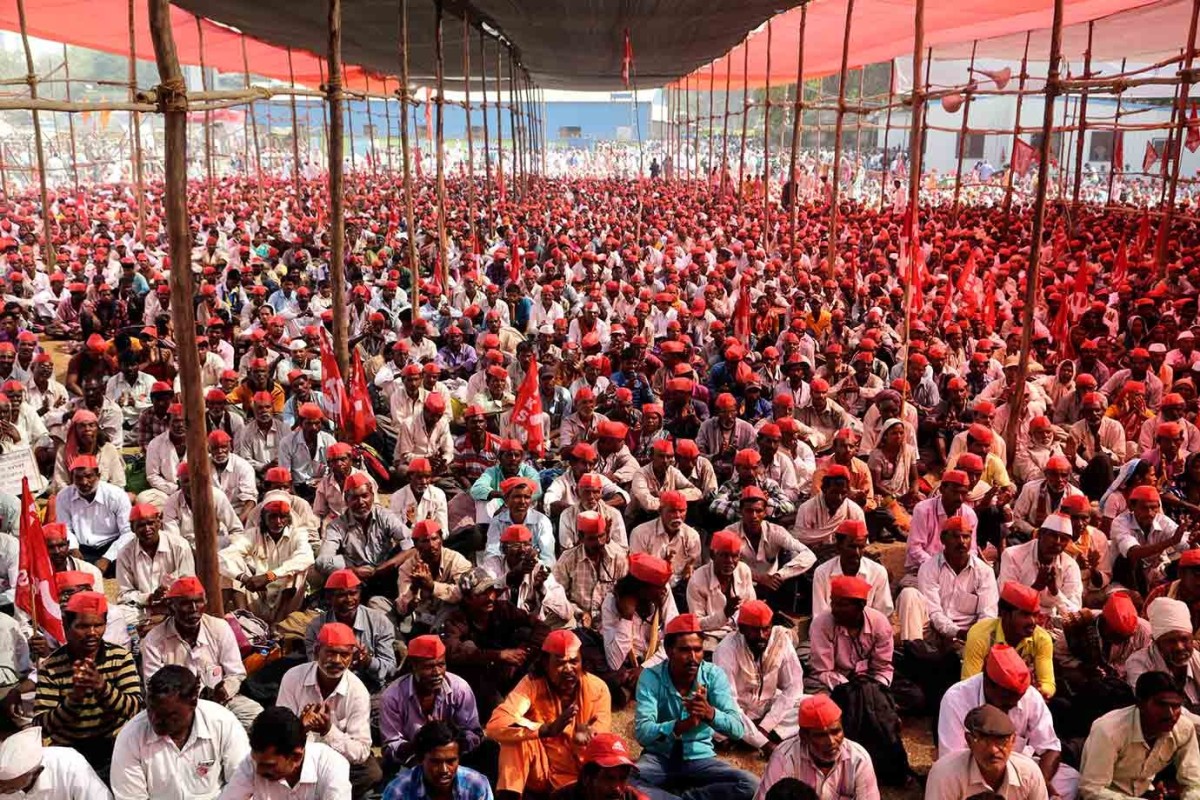
In November 2018, tens of thousands of farmers and
Pakistan is an existential threat to India, right? Wrong.
With a population just one-quarter the size of its fraternal twin, an imploding economy and a hopelessly dysfunctional political system, Pakistan is little more than a strategic challenge or geopolitical footnote.So as the world obsesses over the rapidly escalating showdown between the two nuclear powers, it’s worth remembering the real reason behind the tension: India’supcoming General Elections.And yes, Prime Minister Narendra Modi is facing an existential challenge, but it’s one best represented by the dark-skinned and shrunken figure of Shantabai Teral.
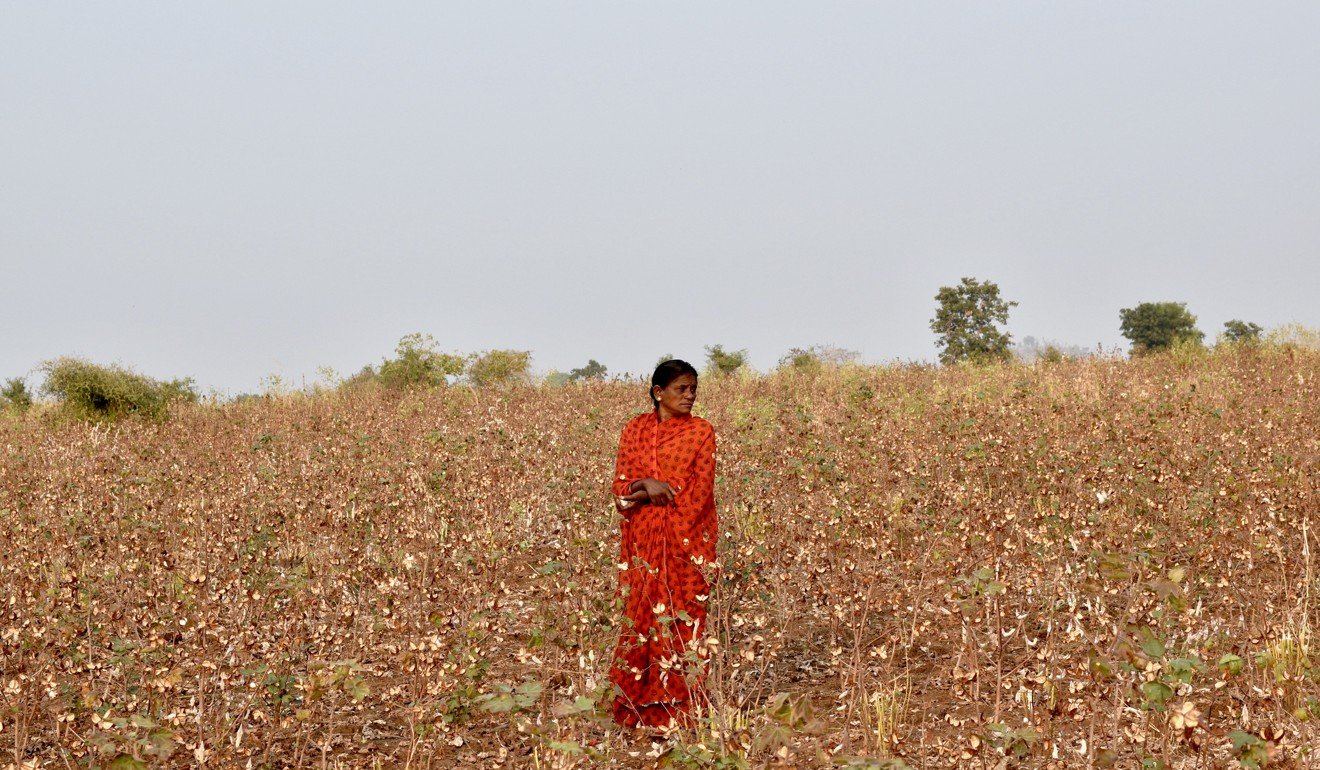
Shantabai’s husband Vinod, a cotton farmer, committed suicide ten years ago. She had no time to mourn and returned to work the day after his death. Photo: Team CeritalahShare:
She’s a forty-something farmer’s widow from the parched, cotton-growing region of Vidarbha, to the far east of the huge and heavily populated central Indian state of Maharashtra.
Farmers like Shantabai constitute some 58
Even among farmers, a vast majority, some 86.2 per cent, have small landholdings of less than a hectare, making survival itself a tenuous act.
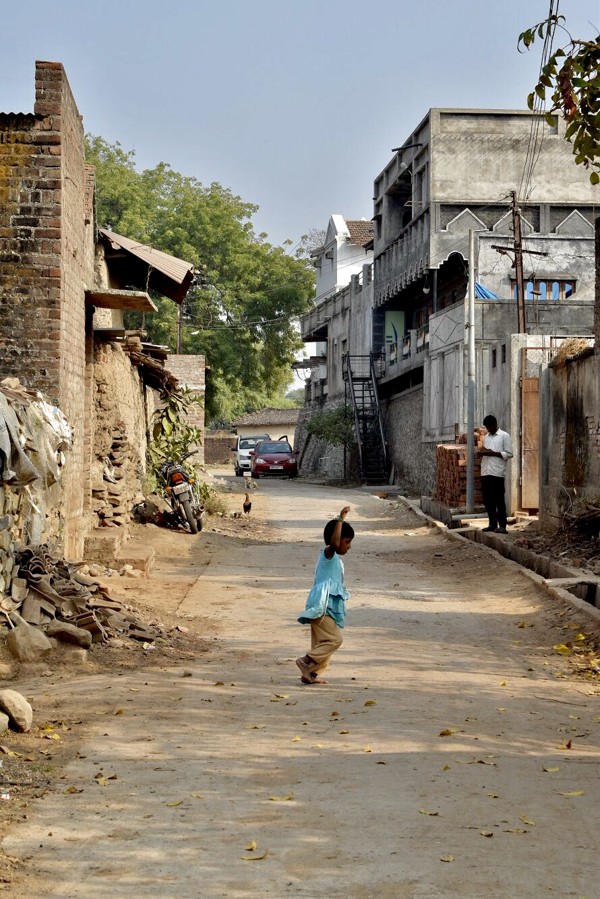
Kapra is nothing more than a huddle of forlorn and dusty mud huts. The village has a population of over 1,800, most of whom work on farms. Photo: Team CeritalahShare:
Such myopia is unsurprising. The BJP world view is a beguiling but ultimately self-delusional combination of upper-caste Brahmin thinking and the short-term Baniya trading mindset, exemplified by Gujarati tycoons such as the Ambanis and Adanis.
Opinion | Will terrorist tensions in Kashmir drive India and Pakistan to nuclear war?
But now, with an election just weeks away and the prospect of an electoral drubbing close at hand, the prime minister and his proxies are desperately ramping up nationalist fervour – anything to mask their failure to turn around the increasingly truculent, if not downright furious, farming community.
Indeed, late last year a series of huge rallies in Mumbai and Delhi brought the rural frustration to national prominence, providing the momentum for a wave of electoral losses as Rajasthan, Chhattisgarh and Madhya Pradesh rejected BJP state governments. The extent of their exclusion was summed up when five farmers were shot and killed at a demonstration in the Madhya Pradesh town of Mandsaur back in June 2017.
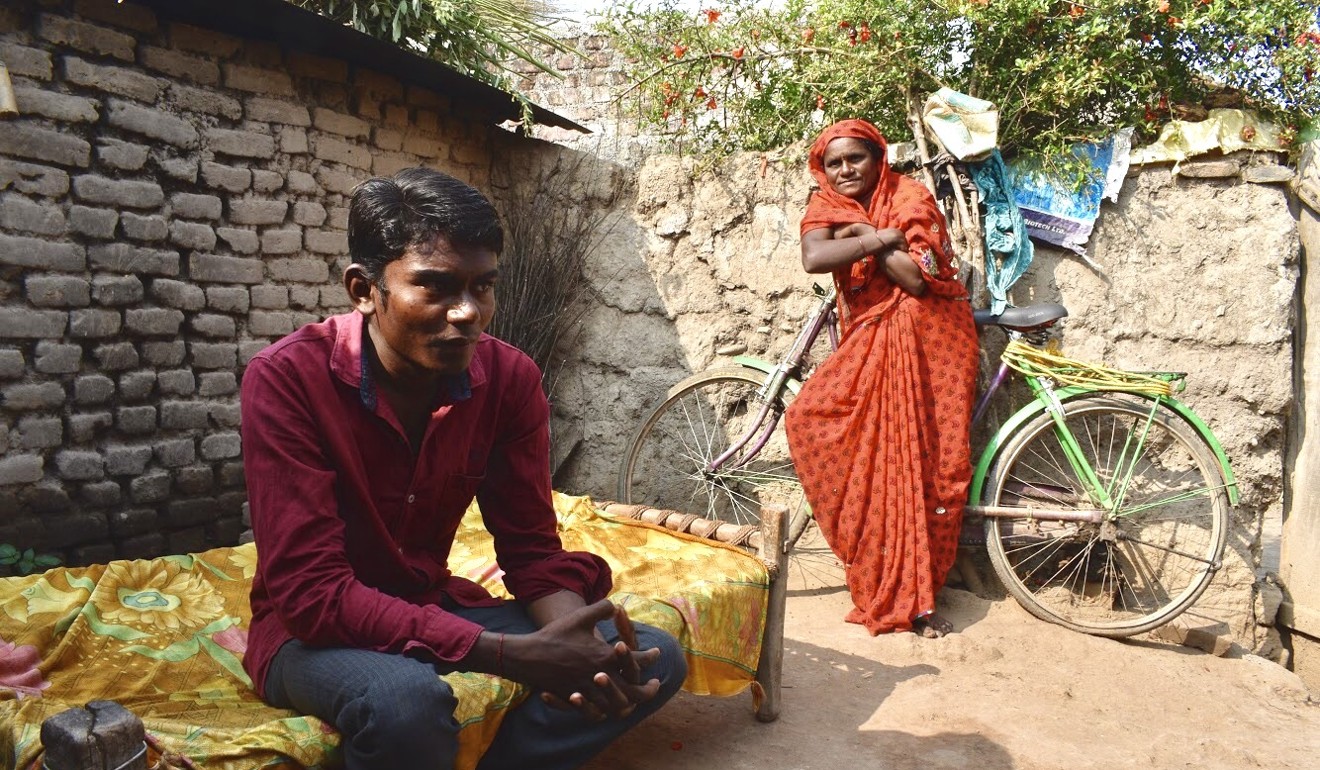
Shantabai’s eldest son, Ramesh, is now 20 years old. He works full-time as a farm labourer. Photo: Team CeritalahShare:
Meanwhile for Shantabai – a mother of two marriageable children (her daughter’s wedding will cost around 1 lakh, a sum she’ll have to borrow) – the present remains as bleak as ever. She stands by a deep well dug by the authorities on her land and explains in exasperation that the muddy water at the bottom will run dry by March and that without an electric pump, there is no way she can water her fields.
India-Pakistan crisis: Modi is gambling with nuclear stakes
Her vivid red sari stands out against the intense but dull blackness of her sun-baked skin. It’s obvious that she has let herself go hungry in order to ensure that her children are properly fed.
Her 20-year-old son, Ramesh – he’s been a wage labourer since he was 15 – looks on respectfully. Wringing her hands, Shantabai recalls the day – just over a decade ago – when her husband chose to take his own life.
“It started out like any other day – he left for the fields early in the morning. He never came back. The next day I went to work just as I have ever since. It was very difficult for me because I was left with two small children.”
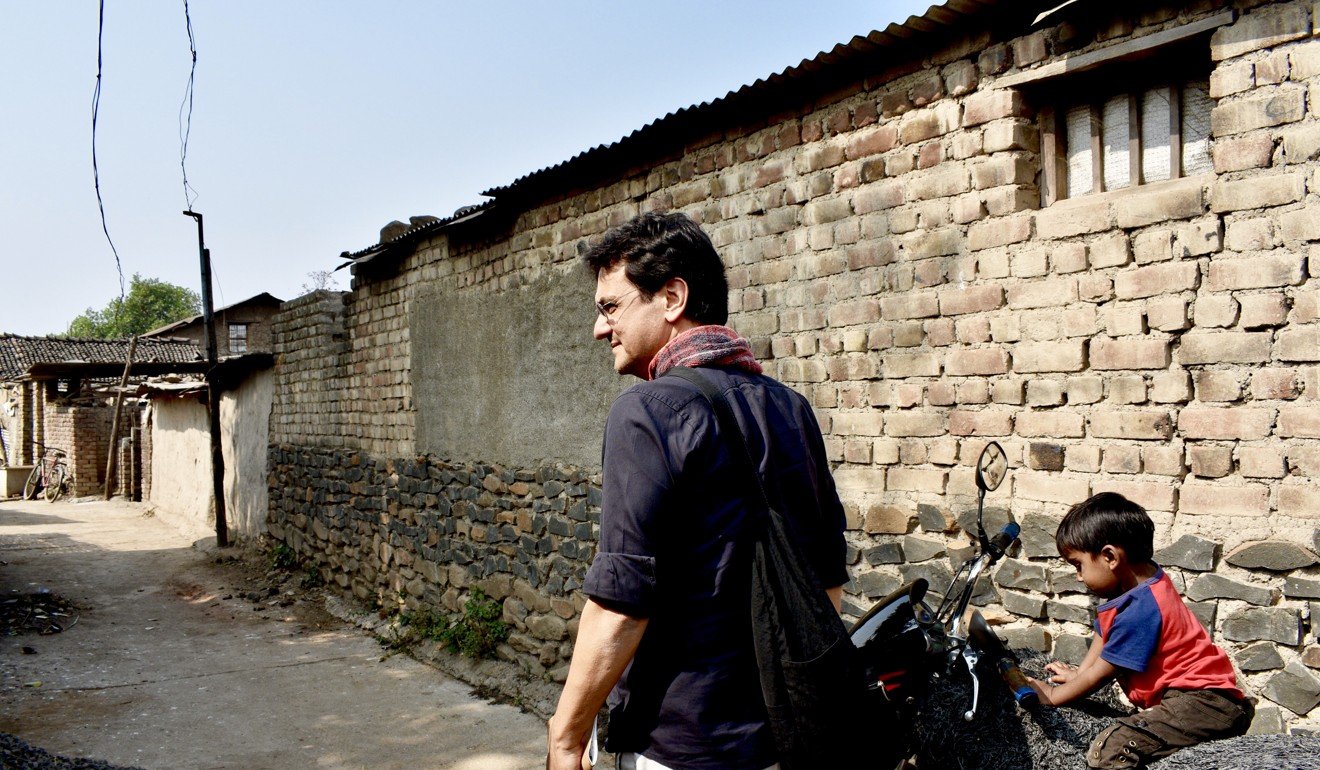
Team Ceritalah spent the day in Kapra, walking through the village and the farm land that surrounds it. Photo: Team CeritalahShare:
Shantabai falls silent. The pain of remembering is just too great and I’m forced to piece the story together from her friends and neighbours. Apparently, the authorities paid her compensation on her husband’s death – the sum of 1 lakh (about US$1,408) – just enough to pay off local moneylenders.
However, the cycle of debt and hopelessness is by no means over. A few years later, her husband’s brother also committed suicide, leaving her sister-in-law a widow. One family, two widows.
Unreliable monsoon rains, an unsympathetic government, poor agricultural prices and ravenous moneylenders: a cocktail of woes that has long haunted rural India.
Opinion | India-Pakistan crisis: don’t be fooled, nuclear war is one step closer
Moreover, local cotton growers like Shantabai with their tiny landholdings can never hope to compete against America’s heavily-subsidised and mechanised farmers.
Is it any surprise then that in 2018, some 2,761 farmers committed suicide in Maharashtra alone? Nationwide, the yearly average of suicides is well over 12,000. Needless to say, many such deaths go unreported.
Deflation is an added complication. As inputs (fertiliser and pesticide) continue to rise in price, their crops – tomatoes, potatoes and onions – the staples of any Indian diet, continue to sink.
When I was wandering around Allahabad’s Chowk (or market), traders pointed at the perfectly-formed onions from Nashik in Maharashtra, remarking that prices had fallen by 40 per cent in just twelve months.
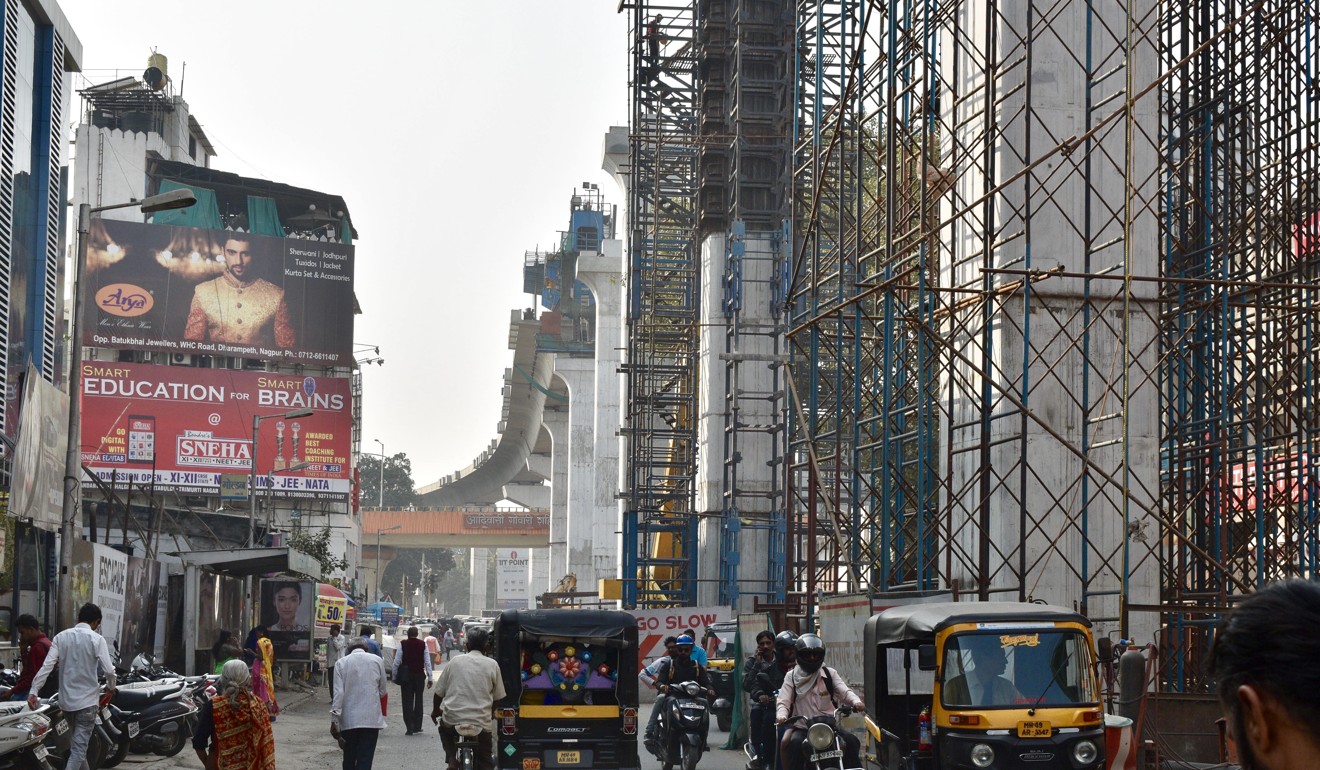
Mumbai and Kapra are both in Maharashtra, but they are worlds apart. Mumbai is the financial capital of India; the city alone has a population of 12.8 million. Photo: Team CeritalahShare:
There have also been self-imposed blunders such as the surprise demonetisation in late 2016.
Intended as a means of curbing corruption and funding for terrorism, the net result has been a dramatic and long-term shrinkage in the money supply, causing extreme hardship for many hundreds of millions. This is so much so that even when I visited India earlier this year, most people confessed that markets had yet to regain their original exuberance.
In late February, the BJP government, realising their missteps, used the final budget as an opportunity to assuage farmers. A series of half-hearted schemes, including direct cash payments, may satisfy some but it’s hard not to feel that it’s too little, too late.
Shantabai Teral’s plight is desperate. All she can hope for is that the government will intervene to support prices, subsidise inputs and waive loans.
Leaving farmers to market forces alone – as Modi has done – is no solution.
Debt and despair are not the makings of a resilient and confident India.
So as the rhetoric between Delhi and Islamabad grows ever shriller, remember the prematurely aged widow – a symbol of BJP neglect and callousness.

I think this hate-brimming article should be removed fortwith from the website. The author speaks with the usual bias against two enormous groups of people, all individuals like other people on earth, in disparaging and deprecatory fashion. If you exchanged the word Brahmin and Bania for "Muslim and Jew", how long do you think such a venal and shoddy article would survive on this website? Shame on you for publishing this man’s utterly racist rants.